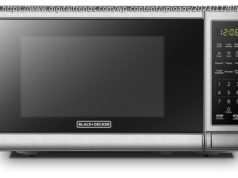It’s quite common to frequently script and runs a high number of automated tests for the businesses we work with.
Join the DZone community and get the full member experience. If you are a practitioner of automated testing, It’s quite common to frequently script and runs a high number of automated tests for the businesses we work with. So when you have a high volume of test results to analyze, it can be challenging to analyze and understand the product’s insights. Even exporting results in Excel will not help as such large amounts of data makes it difficult to identify trends. But thanks to innovative automation solutions, we now have visual test analytics built into the tools, which allow us to quickly and easily conclude from the test results. Many automation tools provide visual test analytics such as Micro Focus UFT, TestProject.io, and more. These let you explore the data in several dimensions, making it simple for anyone on the team to understand, including developers, testers, business analysts, management, and other stakeholders. Visual test analytics helps you to gain greater insights into a product being developed and facilitate problem-solving. Test results are easier to understand with a graph than a long set of data. The benefits of relying on visual test analytics include: Anyone on the team can work with test results. Some examples of this include: 1. A business analyst (BA) may quickly pull out the results of the test analytics to understand how a particular module has been performing after the product has been delivered to the customer. If a trend that alerts a defect is noticed, the BA can inform the development team to rectify the issue and make course corrections for future releases.2. The automation tester or test automation developer can utilize visual analytics for most of their daily responsibilities.






